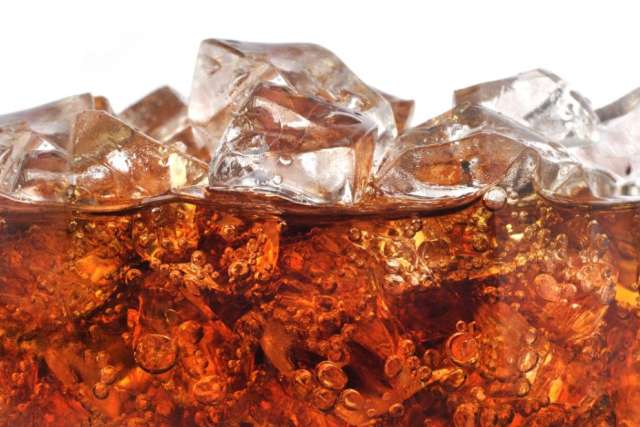Hello again, dear readers, and welcome to the monthly letters column. You’ve kept our mailboxes busy, so we’re diving right in.
-- We recently answered a question about whether or not the tea, coffee and juicy fruits and vegetables that someone consumes help with hydration. The answer is yes, they do. Now a reader asks specifically about sodas: “I find that reliable information about the safety of drinking soda pop is hard to come by,” she wrote. “Should it be avoided?” In a word, yes.
Sugary beverages like soda are linked to a long list of adverse health effects, starting with obesity, poor blood sugar control and diabetes. Recent studies have found an association with high blood pressure, high cholesterol and heart disease. Research shows that having as little as one soda per day measurably increases the risk of developing Type 2 diabetes. And diet sodas, which have been found to increase hunger and disrupt metabolism, are not any better.
If you crave bubbles, you could give one of the flavored and unsweetened sparkling waters that are widely available a try.
-- In a previous column about wound care, we explained that a cut or scrape should be gently cleaned with mild soap and cool running water. This led a reader to propose a different scenario. “When needing to clean a minor cut or scrape, what is best to use if mild soap and running water are not available?” they asked. One of your primary goals with any cut or scrape is to prevent infection. That means cleansing the wound of any dirt or bacteria that may have become imbedded when the injury occurred. If clean water of any kind isn’t immediately available, you’ll want to protect the broken skin from dirt or further injury by wrapping it with a clean covering. To be clear, this is a stopgap solution until you reach a place where the wound can be properly cleaned and bandaged.
-- A column about medical-grade honey, which is honey that has been sterilized to be safe for use in a medical setting, continues to get a lot of mail. Due to its antimicrobial properties, medical-grade honey is sometimes used in burn and wound care. This caught the attention of a reader whose daughter is living with scleroderma, a disease that involves the hardening and tightening of the skin. “My daughter has developed open ulcers on her feet and hands,” she wrote. “Do you think that medical-grade honey will help them heal faster?”

A hallmark of scleroderma is a narrowing of the blood vessels, which leads to poor circulation. For this reason, patients often develop open sores. While there are case studies that have found a benefit in using medical-grade honey to treat open sores associated with scleroderma, clinical trials into the practice are lacking. It would be a good idea to broach the topic of medical-grade honey in your daughter’s case with your daughter’s physician or care team.
Thank you again to everyone who took the time to write. We appreciate your comments and are grateful for your kind thoughts.
The UCLA Center for Human Nutrition is at the forefront of clinical practice and nutrition research.
(Send your questions to askthedoctors@mednet.ucla.edu, or write: Ask the Doctors, c/o UCLA Health Sciences Media Relations, 10960 Wilshire Blvd., Suite 1955, Los Angeles, CA, 90024. Owing to the volume of mail, personal replies cannot be provided.)





